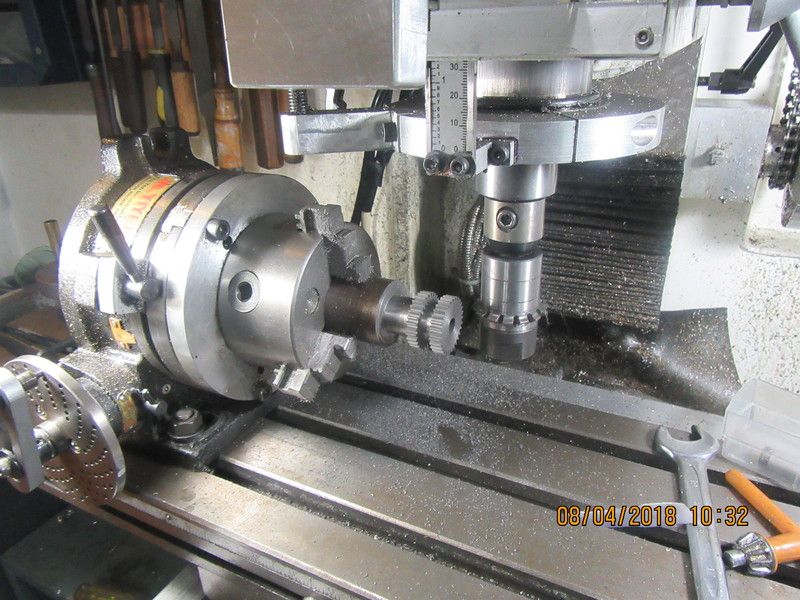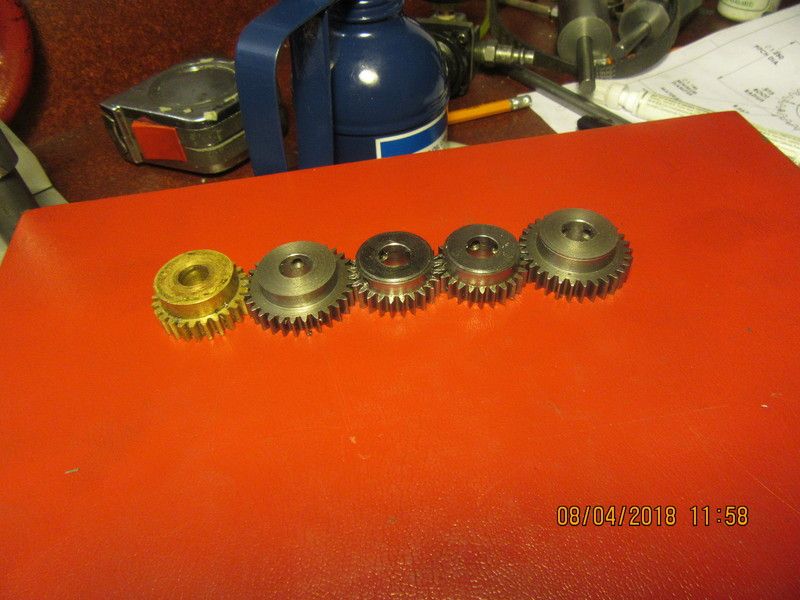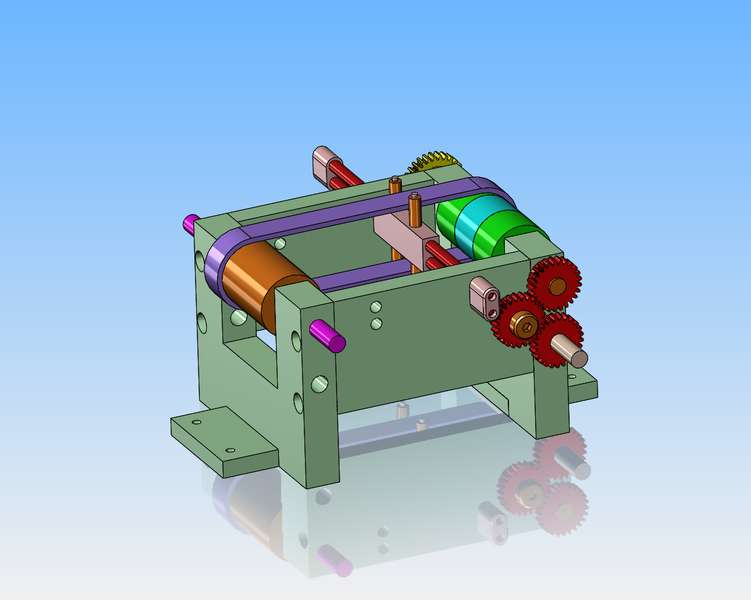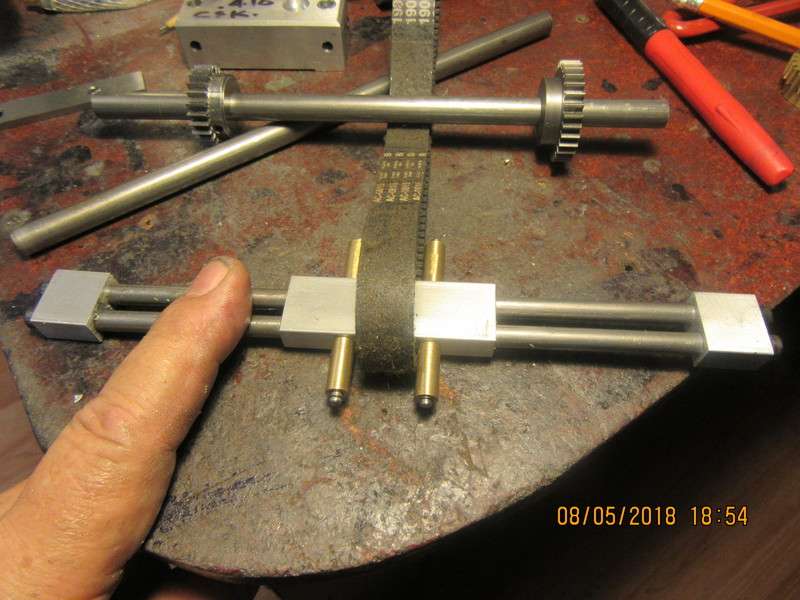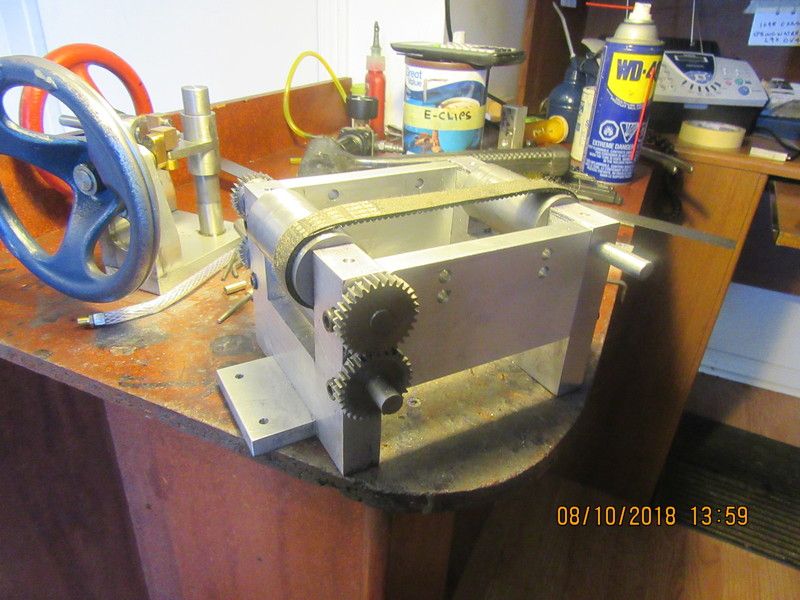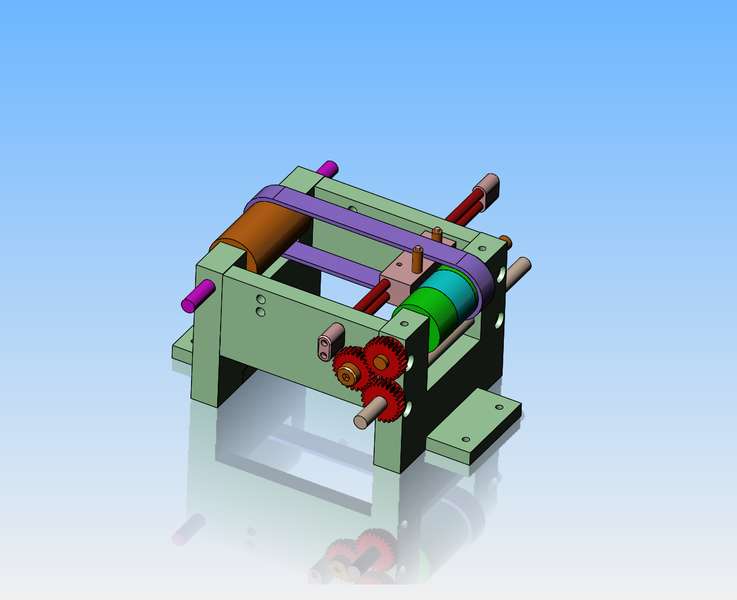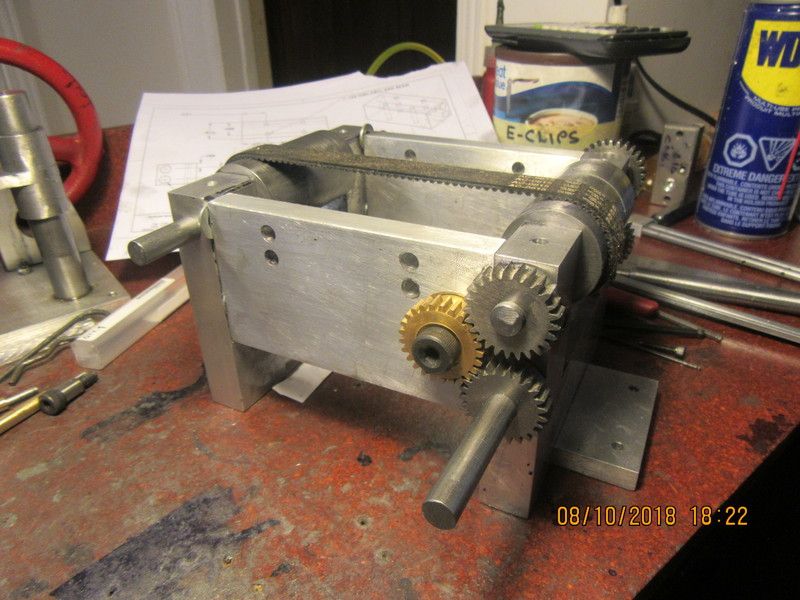I ran a woodmizer sawmill for 25 years, then sold it and assembled and ran an old flat belt driven round blade sawmill from a pile of rusty parts, sold it after 2 years and bought another band mill. The forward/reverse carriage drive was just two flat pulleys on each end with loose belts on both, one flipped over, belt tensioner rollers on a rocker lever tightened one or the other with a forward reverse action of the handle. I used rubber round baler belts, but they tended to warm up and grab, had to use talc powder to keep them slipping properly. leather or woven cotton belts would have been better. I've seen the belts on line shaft equipment set up the same way, with those two sets of belts overhead and a handle hanging down to flip the tensioners onto one or the other, as well as a bar hanging down to flip the main belt back and forth on a stepped pulley to change speed. The simpler it's made the less can go wrong with it. But gear reverse boxes are good for it too. My old line shaft lathe has an aftermarket electric motor on it with reversing switch driving an overhead flat belt pulley, so they eliminated the crossed belt thing. But for some crazy reason I like the old method. Maybe set it back up that way myself someday, being I have a second flat belt lathe now. Although running the shop on steam might be inconvenient, since my usual use of the equipment is a little once in awhile.
